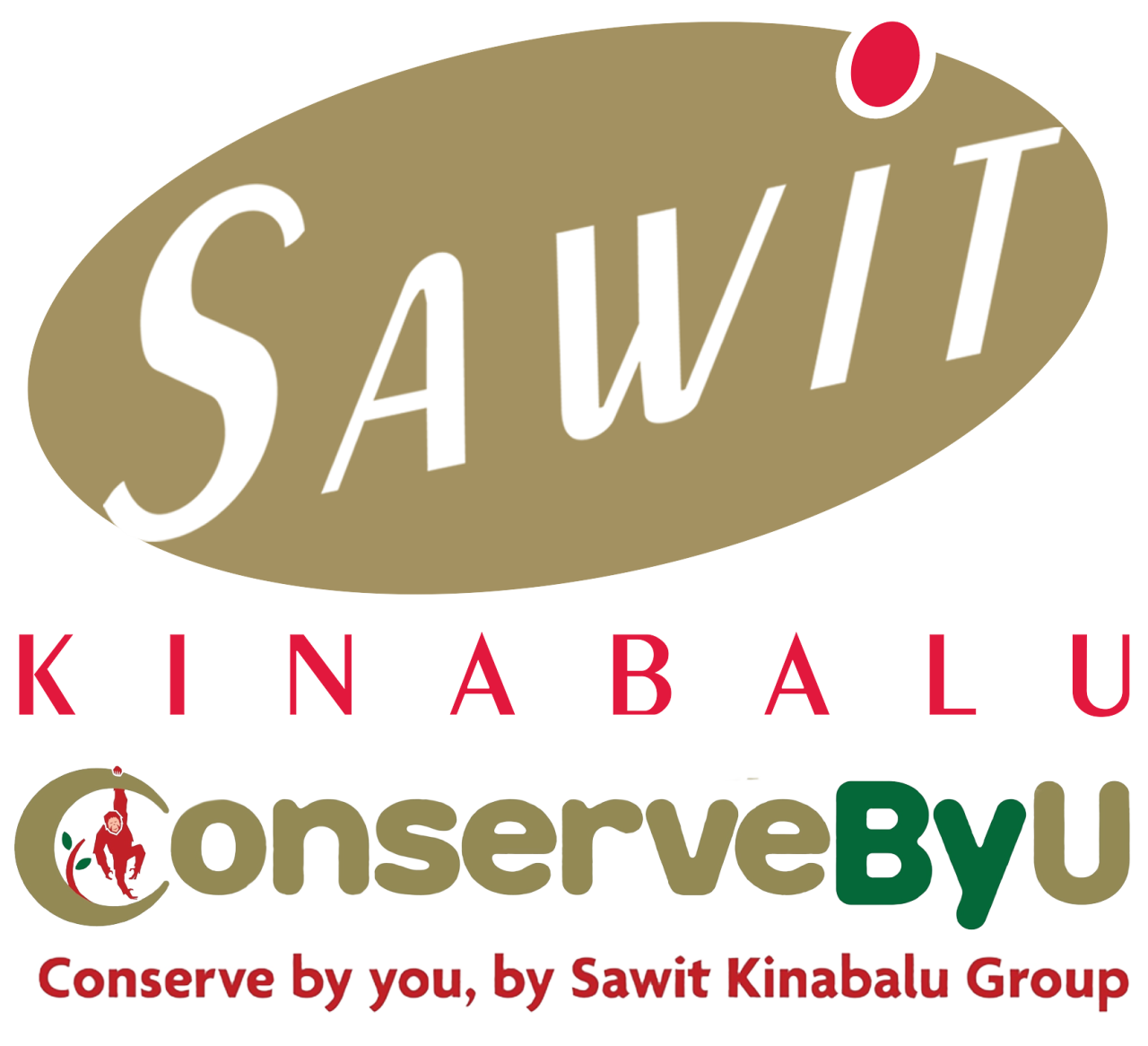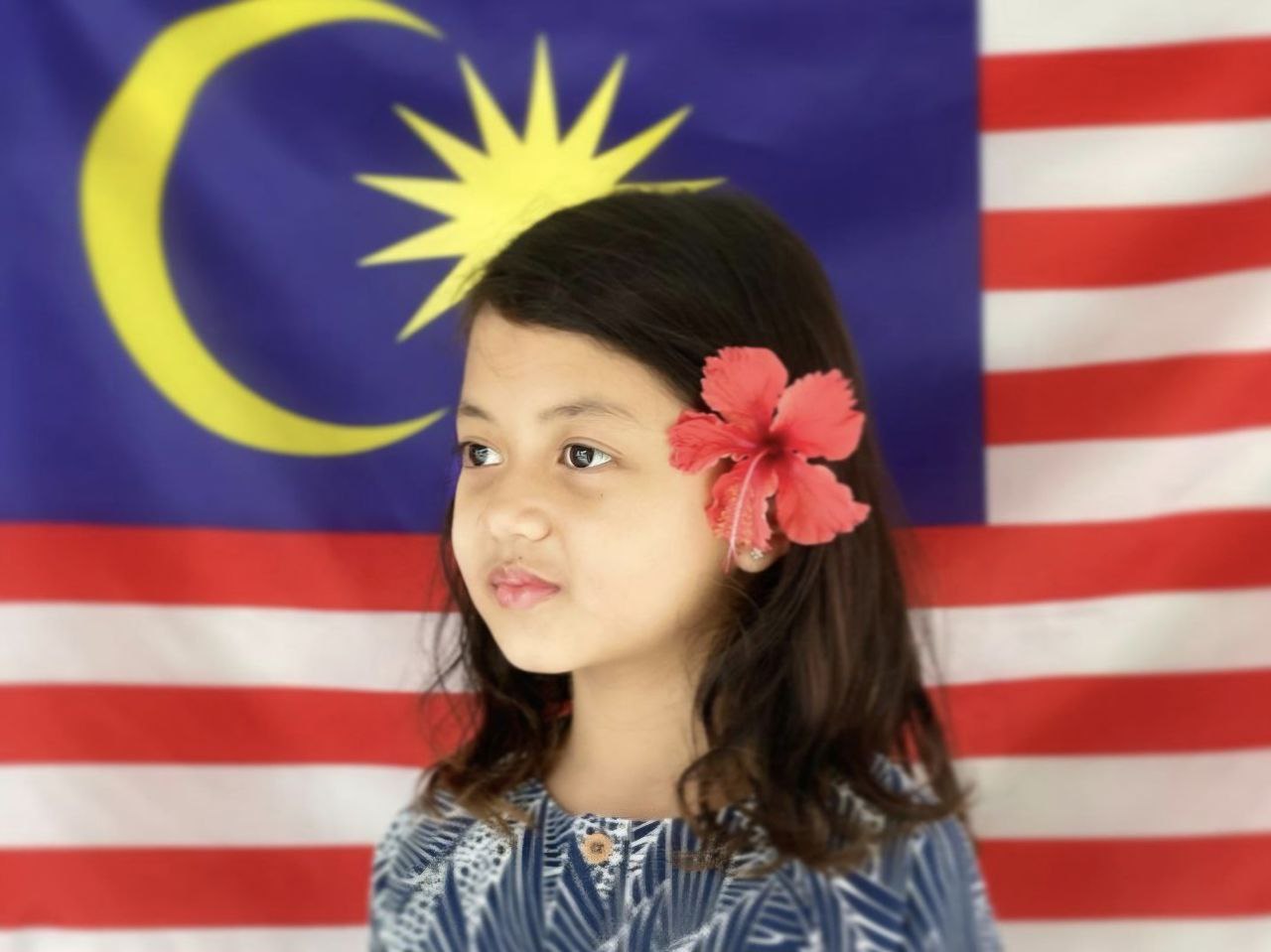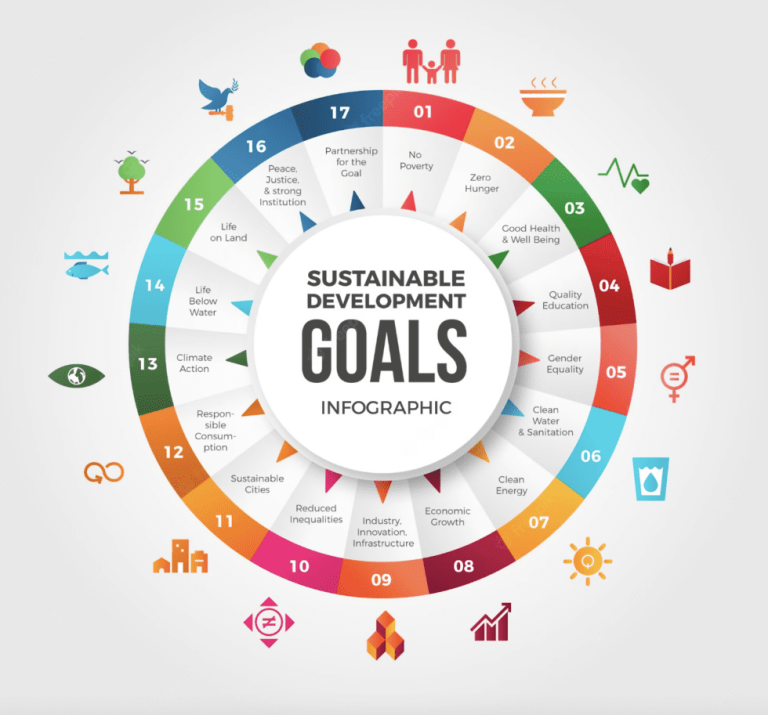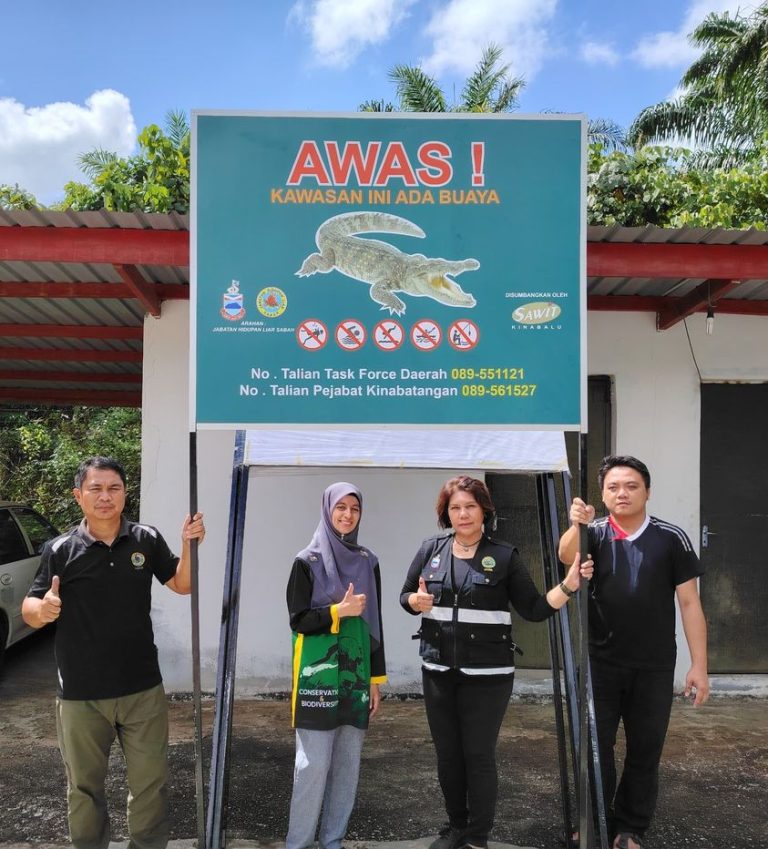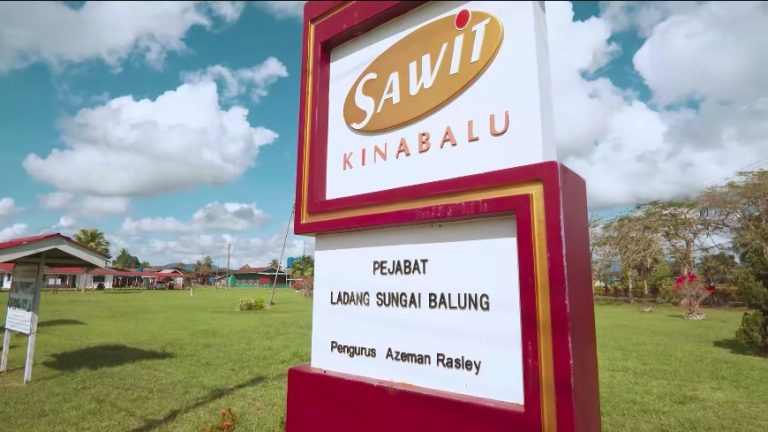By: Naziah Nawawie, 29 August 2024
Merdeka, the Malay word for “independence,” is a term deeply ingrained in the Malaysian psyche, symbolizing the nation’s liberation from British colonial rule. Beyond its historical significance, Merdeka also offers a powerful lens through which to examine the concept of sustainability.
The struggle for independence was a period of intense transformation for Malaysia. The nation had to rebuild its economy, establish its own political system, and redefine its cultural identity. This process of rebirth necessitated a careful balance between progress and preservation.
Sustainability as a National Aspiration
In recent years, Malaysia has embraced the concept of sustainability as a central pillar of its development. This shift reflects a growing awareness of the interconnectedness of environmental, economic, and social factors. Merdeka, as a symbol of national renewal, provides a compelling framework for understanding this commitment.
Malaysia is blessed with a wealth of natural resources, including vast forests, fertile agricultural lands, and mineral deposits. These resources are crucial to the nation’s economy and well-being. However, unsustainable exploitation can lead to environmental degradation, biodiversity loss, and social conflicts. To ensure the long-term prosperity of the country, Malaysia has been focusing on sustainable resource management. This involves implementing policies and practices that promote responsible use, conservation, and rehabilitation of natural resources.
The transition to renewable energy is a key priority for Malaysia. The country has been investing heavily in solar, hydropower, and other renewable energy sources to reduce its reliance on fossil fuels and mitigate climate change. By harnessing the power of the sun, water, and wind, Malaysia can diversify its energy mix, enhance energy security, and reduce greenhouse gas emissions.
Agriculture is a vital sector of the Malaysian economy, providing food security and livelihoods for millions of people. However, unsustainable agricultural practices can contribute to deforestation, soil erosion, and water pollution. To address these challenges, Malaysia is promoting sustainable agriculture, which focuses on handling natural resources such as palm oil, in a way that is environmentally friendly, economically viable, and socially responsible. This includes reforestation, organic farming, agroforestry, and the use of sustainable agricultural inputs.
Malaysia’s cities are growing rapidly, leading to increased urbanization and associated challenges such as traffic congestion, pollution, and social inequality. Sustainable urban development is essential for creating liveable, inclusive, and resilient cities. This involves planning and implementing strategies that promote compact, mixed-use development, public transportation, green spaces, and affordable housing.
Merdeka and the Future
Malaysia’s rich cultural heritage is an important part of its national identity. Preserving this heritage is not only a cultural imperative but also a valuable economic asset. Sustainable tourism can contribute to both economic growth and cultural conservation by promoting responsible travel practices and supporting local communities. By preserving and promoting Malaysia’s cultural heritage, the country can attract visitors, generate revenue, and strengthen its sense of place.
As Malaysia continues to evolve, sustainability will remain a central focus. By building on the legacy of Merdeka, the nation can create a future that is both prosperous and sustainable. The spirit of independence, with its emphasis on resilience, innovation, and a deep connection to the land, provides a powerful inspiration for a more sustainable future.
